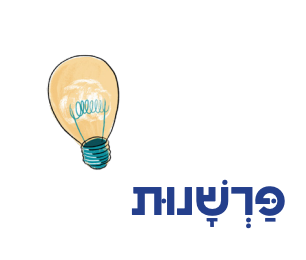Illustration Credit: Noa Kelner

Commentary פַּרְשָׁנוּת
The offerings of the נְשִׂיאִים (nesi’im, chiefs) come in sets of 12. But there are only six wagons to carry them all (Bemidbar 7:3). Why’s that? What can it teach us?
"עֲגָלָה עַל שְׁנֵי הַנְּשִׂאִים"—לְאוֹת אַחְוָה בֵּינֵיהֶם אֲשֶׁר בָּהּ יִהְיוּ רְאוּיִים שֶׁתִּשְׁרֶה שְׁכִינָה בֵּינֵיהֶם.
“A wagon for every two of the nesi’im”—to show that they felt like siblings one toward the other. This made them worthy of having the Shekhinah (God’s presence) among them.
In another commentary, we saw that the Torah gave honor and equal respect to each nasi by listing their offerings in every detail, even though the 12 sets of offerings were the same. According to the interpretation here, the nesi’im also showed respect to each other by sharing wagons with peace and unity!
- Why was it important to inaugurate the Mishkan with a show of peace and unity? What else does this connect to in our parashah?
-------------------





